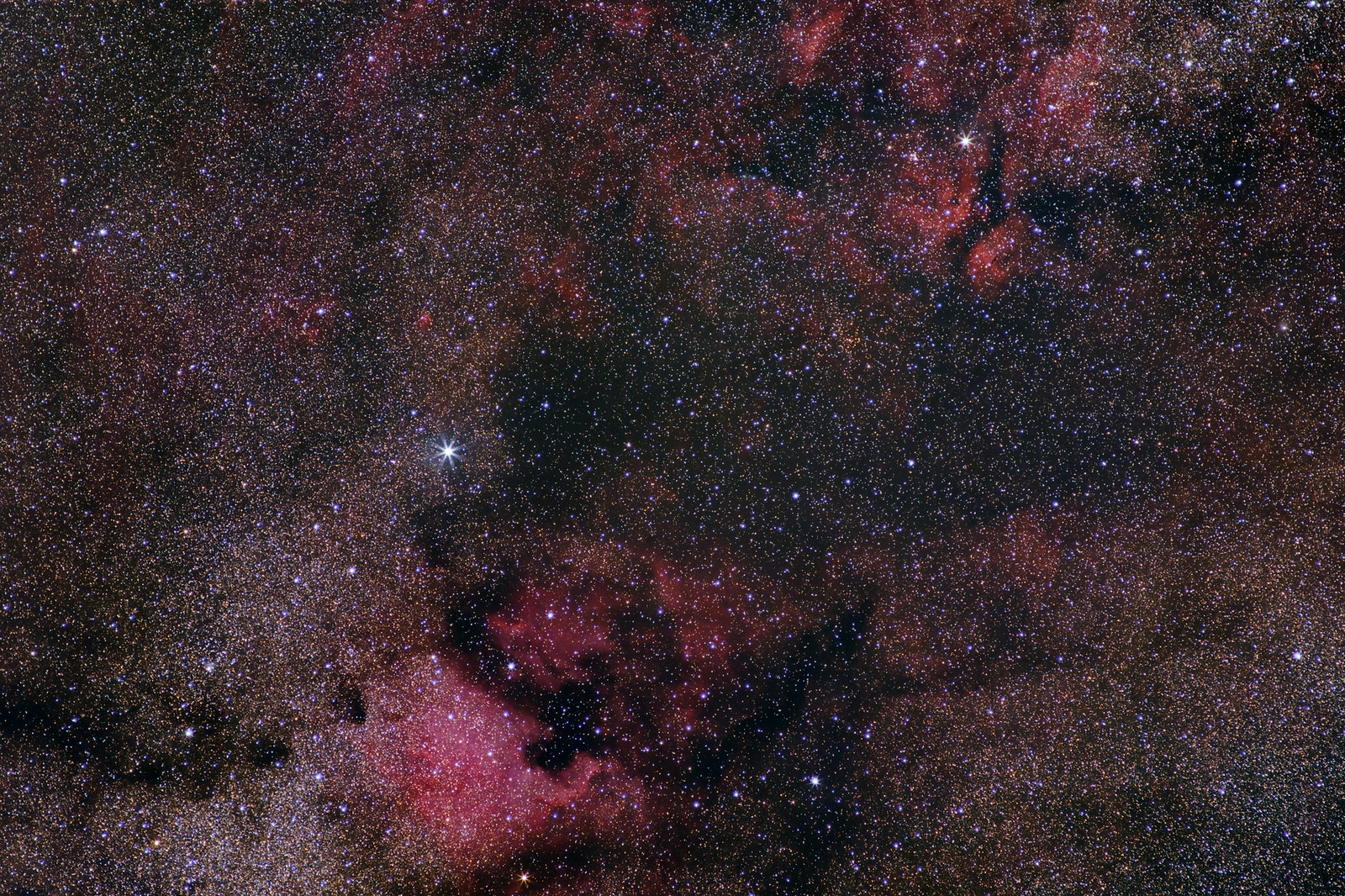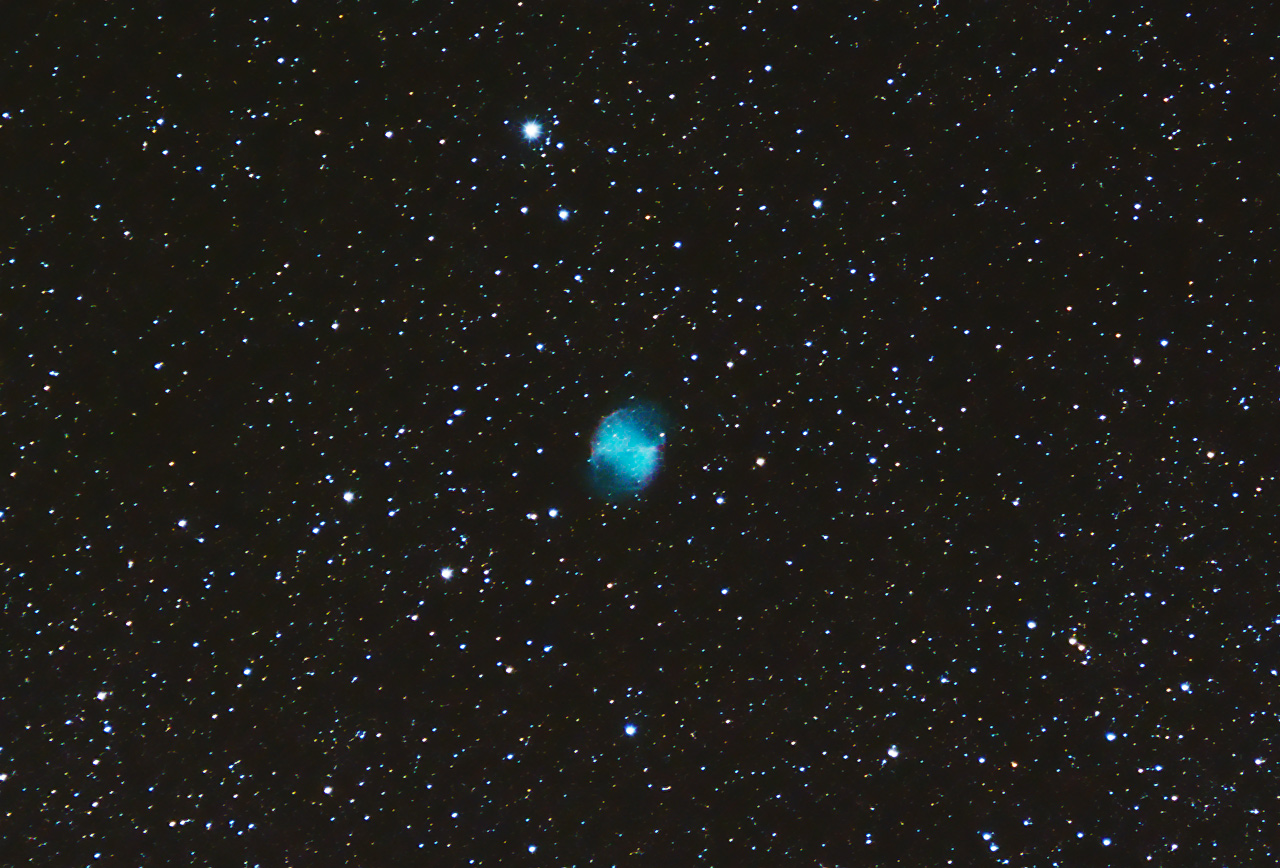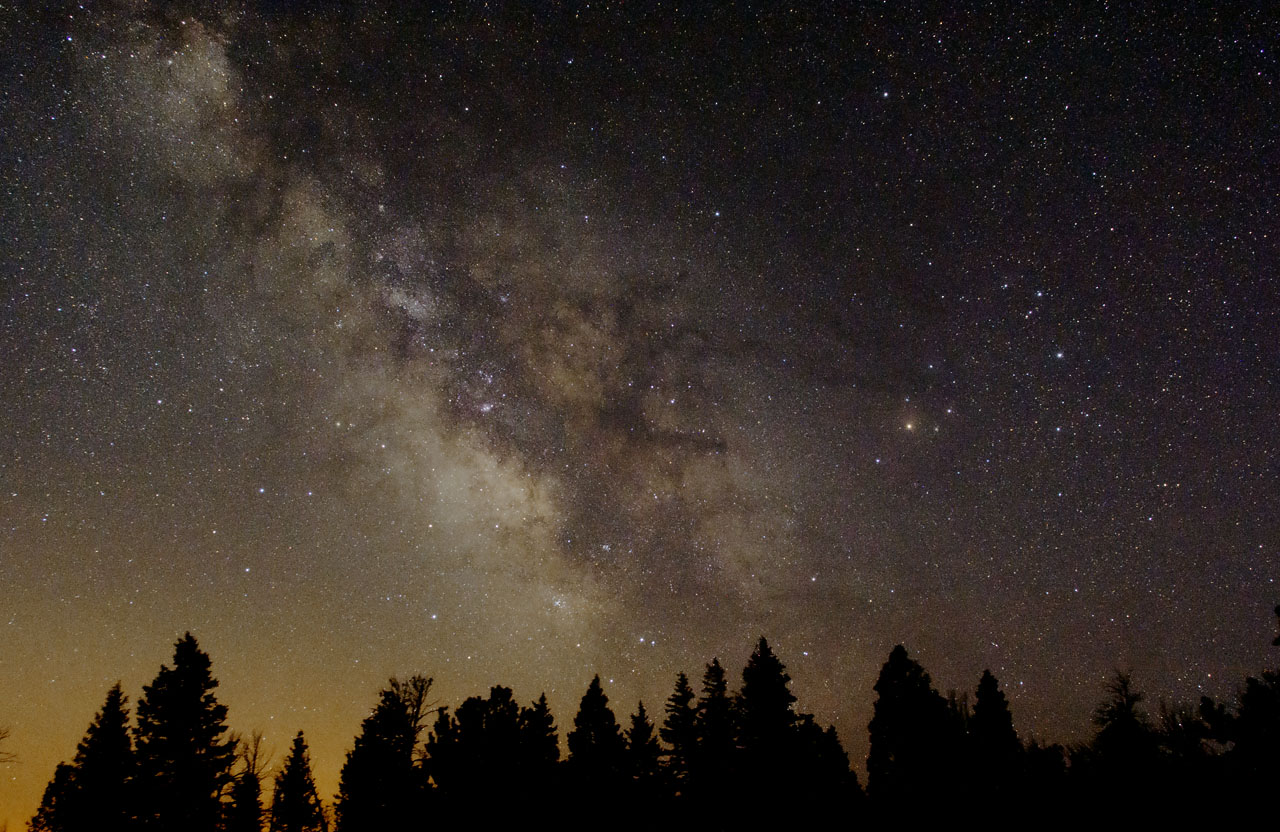Ralph McKenzie
Senior Member
Firstly let me say that you are asking a very complex question, and depending upon outcome has some very different results.Hi!
I think I got the following equation for light gathering area from this forum.
pi*(14/2.8)^2 = 78.54
pi*(20/1.4)^2 = 641
300 / 14 = 21.4
300 / 20 = 15
78.54 * 21.4 = 1680
641 * 15 = 9615
When I compare two lens to see how much more light lens A gathers than lens B, should I use light gathering power or area?
Thanks!
Moon
Most of the information mooted in the replies is not strictly accurate ( No offence intended )
Camera lenses operate differently to telescopes in some fundamental ways.
For astronomical purpose it can be said that "big is best but bigger is better". The larger the area of the optics the more light you can gather. So a bigger mirror or lens in a telescope will always yield more light at the focal plain.
Heres an example, you are looking at globular cluster M13 with an 8 inch scope and its a lovely bright object that shows granulation in the star field. Now look at the same object using the same eyepiece in a 24 inch telescope and you see a beam of light from the eyepiece ( visual astronomers know what I refer to ) as you are about to look at the object, which is very bright and may take you several seconds to adjust to. Thats the power of light gathering, which is a direct function of the area of the objective lens or mirror.
Now for camera lenses it doesn't work that way because the descriptive language means something totally different. Camera lenses work on different principles where DOF, fast focal ratios and minimum f values , autofocus, IS are just some of the important factors. Camera lenses are very efficient at what they do and some are very good for astrophotography.
Just remember that small apertures may give you nice wide fields of view but yield little in fine detail when used on the night sky. For better detail you need longer focal lengths to reduce the field of view and increase the resolution.
As to the duration of some of the images seen here, I have to question how good a 30 second image at any focal length would look from and un-driven tripod.
For a accurate idea of a given lenses performance at a given ISO and f ratio use the Calculator provided by lonely speck. To date this has served very well and I have found that it works very well for any lens and the times are accurate with a little leeway if you want to push it.
Heres a little quote that may help to understand this a little more -
Essentially yes, light gathering ability of a lens is determined by its maximum aperture. Transmission rates of the materials used also has an effect but it is very small.
You intuition is correct in that you would expect a large aperture lens to have a large barrel, however the aperture is specified as a ratio of the *apparent** size of lens opening divided by the focal length. So a 200mm f/2.0 lens must have a front element large enough to see a 200/2.0 = 100mm aperture, so the barrel must be at least 10cm. However a 20mm f/2.0 only appears to have a 10mm aperture, which is small is comparison to most lens sizes.
To complicate matters wide angle lenses need larger front elements than dictated by their aperture to prevent vignetting across the frame. For focal lengths shorter than about 50mm lens sizes increase as focal length decreases despite apertures, and thus light gathering ability, also decreasing.
Here's nice example, this Nikon lens is only f/2.8:
* note that 100mm f/2.0 doesn't mean the physical opening in the middle of the lens is actually 50mm diameter, only that the image of said opening when viewed through the front of the lens appears to be 50mm in diameter. The actually opening is often smaller, but the lens front element has to be large enough to accommodate its theoretical size.
End Quote.
--
Love dat Fuji
http://akiwiretrospective.wordpress.com/
Fuji HS20EXR,S5700
Fujifilm XA2, XC16-55, XC50-230, XF27 f2.8
Attachments
Last edited:












